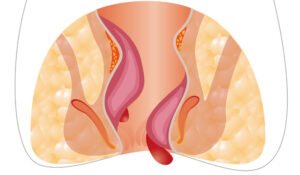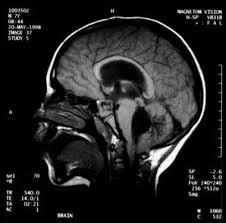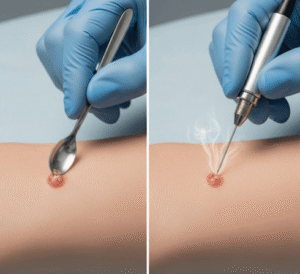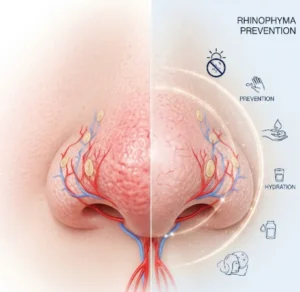Overview
Angiomyolipoma (AML) is a rare, benign tumor most commonly found in the kidneys. Composed of blood vessels, smooth muscle cells, and fat, AMLs can occur sporadically or in association with genetic conditions like tuberous sclerosis complex (TSC). While many AMLs are asymptomatic and discovered incidentally, larger tumors can lead to complications such as bleeding or impaired kidney function.
What is Angiomyolipoma?
Angiomyolipoma is a non-cancerous growth that arises primarily in the kidneys, although it can also appear in other organs like the liver. These tumors are made of a mix of:
- Blood vessels (angio-)
- Smooth muscle cells (myo-)
- Fat tissue (lipo-)
There are two major types:
- Sporadic AMLs – Typically isolated and more common in women
- TSC-associated AMLs – Multiple and bilateral, often appearing earlier in life due to an inherited disorder (Tuberous Sclerosis Complex)
Symptoms
Most small AMLs are asymptomatic. When symptoms occur, they may include:
- Flank or abdominal pain
- Hematuria (blood in urine)
- Palpable abdominal mass
- Nausea or vomiting
- Sudden onset of severe pain due to tumor rupture
- Signs of internal bleeding (e.g., dizziness, low blood pressure)
Causes
- Sporadic mutations in kidney cells (unknown triggers)
- Tuberous Sclerosis Complex (TSC) – A genetic disorder caused by mutations in the TSC1 or TSC2 genes
- Hormonal influence – Estrogen may play a role, as AMLs are more common in women
Risk Factors
- Female gender (especially aged 40–60)
- Tuberous sclerosis complex (inherited)
- Pregnancy (due to hormonal sensitivity of AMLs)
- Family history of AML or TSC
- Tumor size over 4 cm increases the risk of bleeding
Complications
- Retroperitoneal hemorrhage due to tumor rupture (life-threatening)
- Kidney failure if multiple or large AMLs damage renal tissue
- Hypertension related to kidney involvement
- Anemia from chronic blood loss
- Potential malignancy (very rare cases of malignant transformation)
Prevention
- No specific way to prevent sporadic AMLs
- Genetic counseling for families with TSC
- Regular imaging for patients with known AMLs or TSC
- Monitoring during pregnancy for women with existing AMLs
- Avoiding trauma to the abdomen if known AML is present
Treatment Options in Korea
South Korea provides state-of-the-art care for AML through a combination of imaging, minimally invasive procedures, and genetic evaluation, especially at top-tier hospitals.
Diagnosis and Monitoring:
- Ultrasound, CT scan, and MRI to detect and evaluate tumor size and fat composition
- Genetic testing for TSC if multiple or bilateral AMLs are found
Treatment Approaches:
- Active Surveillance: Small (<4 cm), asymptomatic AMLs are monitored with periodic imaging
- Medication:
- mTOR inhibitors (e.g., everolimus) are effective for shrinking tumors, especially in TSC-related AMLs
- Minimally Invasive Procedures:
- Selective arterial embolization to block blood supply and reduce bleeding risk
- Surgical Options:
- Nephron-sparing surgery (partial nephrectomy) for large or symptomatic AMLs
- Radical nephrectomy (rare) in case of severe complications or suspicion of malignancy












